htpcbeginner.com has seen growing popularity in the recent times but like most people I made several blogging mistakes when I began. I thought it would help others if I think back and highlight some of the blogging mistakes I made, mostly due to lack of knowledge and research, when I started this blog. These are not mistakes per se but these are things that I would have done differently if I started this blog today. If it educates at least one person and changes his/her decision then the purpose of this post is served. So without further delay, let me share some of the blogging mistakes I made.
Table of Contents
My top 5 Blogging Mistakes
Please remember that these were things that did not work for me and does not necessarily mean that it may not work for you. But these WordPress mistakes are things one should consider while starting a blog.
1. Not choosing the right permalink structure
Permalinks are permanent URLs that everybody use to refer or visit your site. The URL to each post should be permanent, and never change - hence permalink. If you read around you will find that changing the permalink structure will help with search engine optimization. Initially, I did not take the time to understand all of WordPress's settings. So went with WordPress's default permalink structure: http://domain.com/?p=1150. Of course, I have since changed it to this:
This is one of the most basic and common blogging mistakes as most people leave permalink settings to default. If you would like to change your permalink structure, you may read my post on how to change to a SEO friendly WordPress permalink structure.
2. Self-hosting the blog
I wouldn't call this a mistake as I still self-host many of my sites. But when I started this blog, I had no intention of working to grow and improve it until one post I wrote in April 2012 ranked first in search results and received nearly a 1000 pageviews a day. Since then my Intel Atom powered server has struggled to handle playing media, serving files, and running my Apache server. And, until my recent switch to the awesome Asus N66u router my wireless struggled too. These traffic drops and slowness are unacceptable for any growing blog, especially when Google includes page speed to rank results. So I switched to Linux hosting from GoDaddy and it has been smooth sailing since then. If you plan to blog seriously go for a reliable hosting service. (Note: I have now switched to Digital Ocean VPS, which as worked out to be faster, better, and cheaper than GoDaddy).
ASUS (RT-AC68U) Wireless-AC1900 Dual-Band Gigabit Router
Find out why it is rated the best wireless router in its class.
3. Not adding www prefix to my domain
When I originally started this blog, I went with my default domain name configuration: https://www.smarthomebeginner.com. While this has the advantage of being short may also cause problems while trying to serve static content from cookieless domains. For those of you who do not know, WordPress sets a cookie (in my case htpcbeginner.com) in the visitors browser. Cookies increase the size of the request, although marginally. Attaching cookies all requests can quickly increase the size of the total request and there by reduce page speed. By serving static content such as images, CSS, and javascript files from a cookieless domain one can reduce the size of the request (a separate post on how to do this is coming). If your domain name is http://domain.com instead of http://www.domain.com it gets very tricky to serve static content without a cookie. Once a cookie is set at the root domain (http://domain.com) that cookie is attached to all subdomains. The only way out is to use a completely different domain (example: http://domain-images.com) to serve static content without setting a cookie. Some argue that serving images from a domain outside yours could adversely affect your rankings by Google.
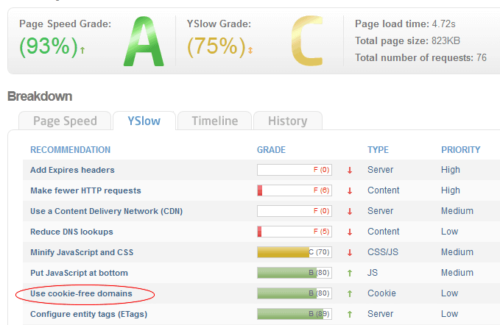
On the other hand if you setup your domain to be http://www.domain.com, the prefix www is actually considered a subdomain. The cookie is set to www.domain.com. So if you use a CDN and serve static content from say http://cdn.domain.com, then www.domain.com cookie set by WordPress will not be set for all content served from the CDN subdomain (or anything outside www subdomain) thereby reducing the size of the request and increasing page speed. On top of that, all content is served from within your domain name. Switching from non-www to www prefix after your blog has been active for a while has downsides. Since, www is considered by most services as a subdomain, the URL to the site/posts change. Nevertheless, we recently switched from non-www to www prefix and lost a few tweet counts and Google +1 counts on our posts because the URL changed. But I believe that this small sacrifice now is acceptable considering how it will help improve the reader experience now and in future.
Recommended Guides on WordPress:
4. Relying on FeedBurner for email delivery
 Do not get me wrong, FeedBurner is awesome. It has been and still is a close friend to several bloggers. However, several of the recent changes surrounding FeedBurner have left many doubting its future. To complicate things, the subscribers count is sometimes erratic. To address this, we recently switched to MailChimp. To be honest, initially I thought MailChimp was cluttered and too complicated until I started playing with it. With the RSS Driven Campaign, setting up an automatic email of posts and updates is extremely easy. Furthermore, you get to see all the cool statistics about the emails and research how effective your email campaigns are. With MailChimp offering 2,000 subscribers or 12,000 emails a month free, switching from FeedBurner to MailChimp is a no brainer. If you have more than 2000 subscribers then upgrading to a monthly paid service should be affordable. One of the most common blogging mistakes many bloggers do is underestimate the importance of a good email campaign. Anyway, if I were start htpcBeginner today, I would set it up like how it is now: MailChimp for emails and FeedBurner for RSS (with email subscription disabled).
Do not get me wrong, FeedBurner is awesome. It has been and still is a close friend to several bloggers. However, several of the recent changes surrounding FeedBurner have left many doubting its future. To complicate things, the subscribers count is sometimes erratic. To address this, we recently switched to MailChimp. To be honest, initially I thought MailChimp was cluttered and too complicated until I started playing with it. With the RSS Driven Campaign, setting up an automatic email of posts and updates is extremely easy. Furthermore, you get to see all the cool statistics about the emails and research how effective your email campaigns are. With MailChimp offering 2,000 subscribers or 12,000 emails a month free, switching from FeedBurner to MailChimp is a no brainer. If you have more than 2000 subscribers then upgrading to a monthly paid service should be affordable. One of the most common blogging mistakes many bloggers do is underestimate the importance of a good email campaign. Anyway, if I were start htpcBeginner today, I would set it up like how it is now: MailChimp for emails and FeedBurner for RSS (with email subscription disabled).
If you currently have email subscribers on FeedBurner, you can export the list from FeedBurner and import them to MailChimp thereby keeping your email subscribers intact. You will find the option to export email subscribers under Publicize -> Email Subscription -> Subscription Management.

The last of the blogging mistakes I made was a tricky one because I wanted a good related or popular post plugin that increases pageviews without slowing down your website. This is exactly what I ran into recently. In an effort to improve pagespeed and enhance reader experience, I started making several changes to this blog, including serving static content from a cookieless domain explained above. I started with this awesome plugin called nRelate. It offered related posts, popular posts, and a flyout related post plugin. More importantly posts listed were very relevant to the current posts being displayed.
However, when I started to make changes to improve pagespeed, I found that nRelate plugins were a big bottleneck. Eventually, with a heavy heart, I decided to drop them in favor the related post plugin from Zemanta. It has been working great for me and with fewer external Javascript and CSS files has increased my page speed. I do miss nRelate's features and I am sure there may be ways to improve nRelate's speed but for now this change was needed.
So there you go, the initial blogging mistakes


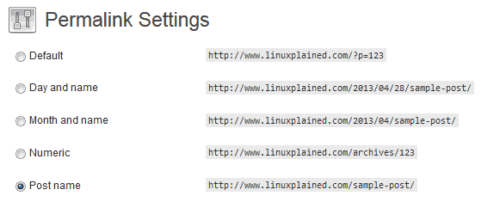





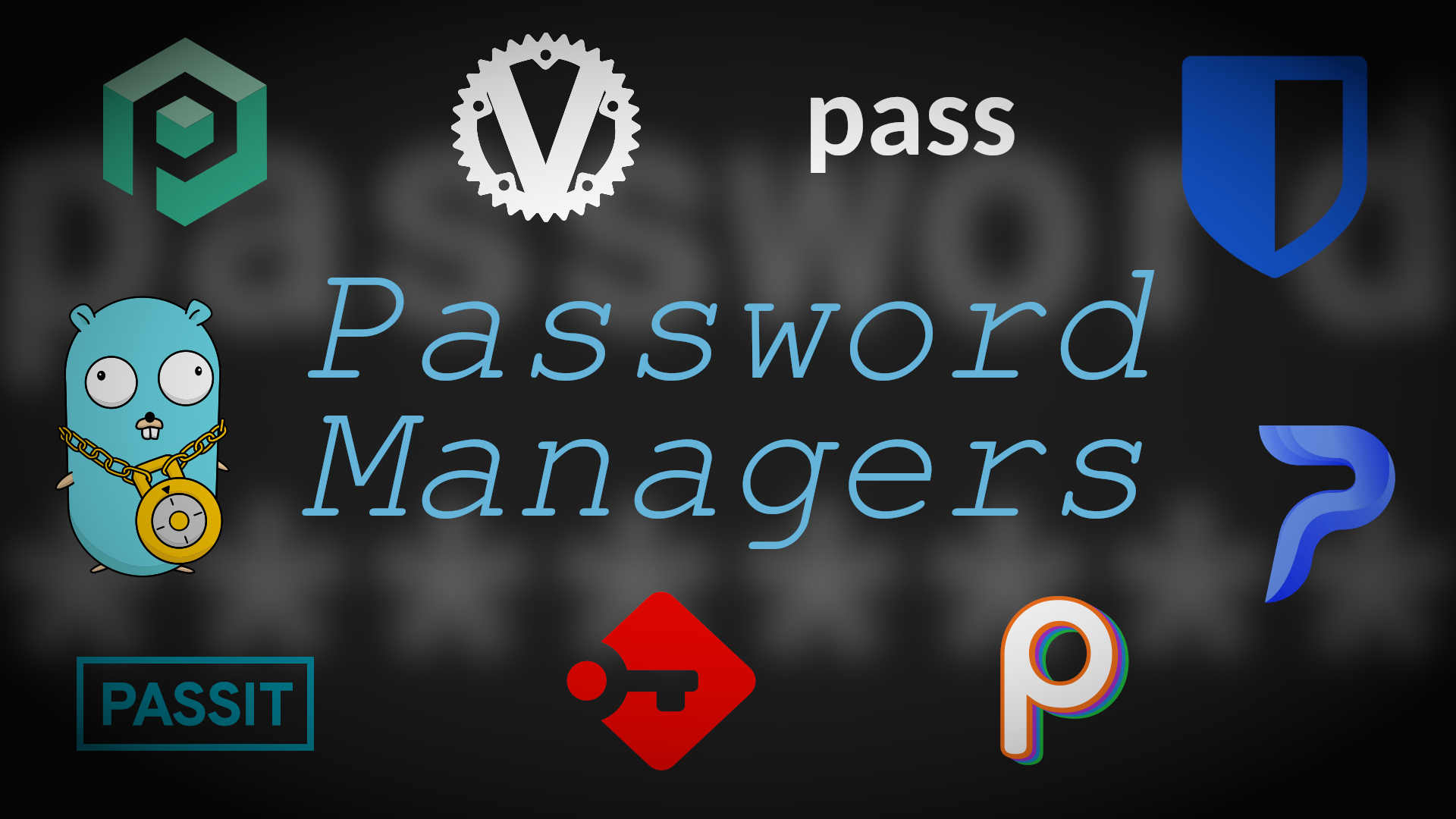
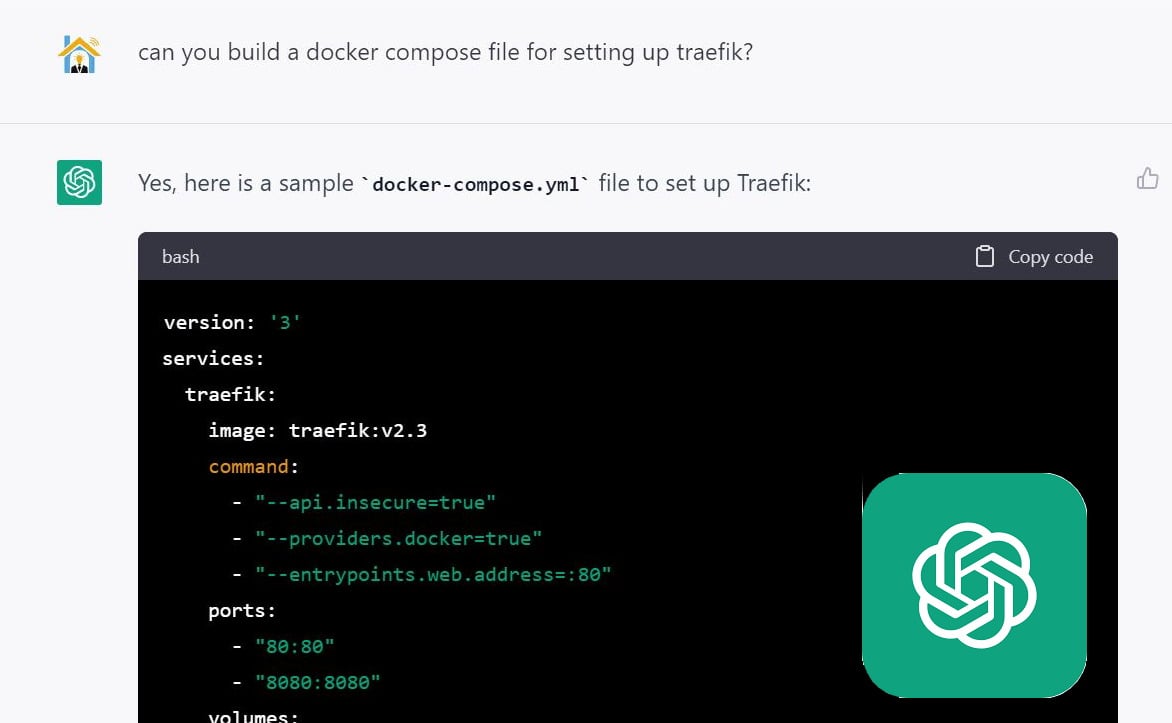
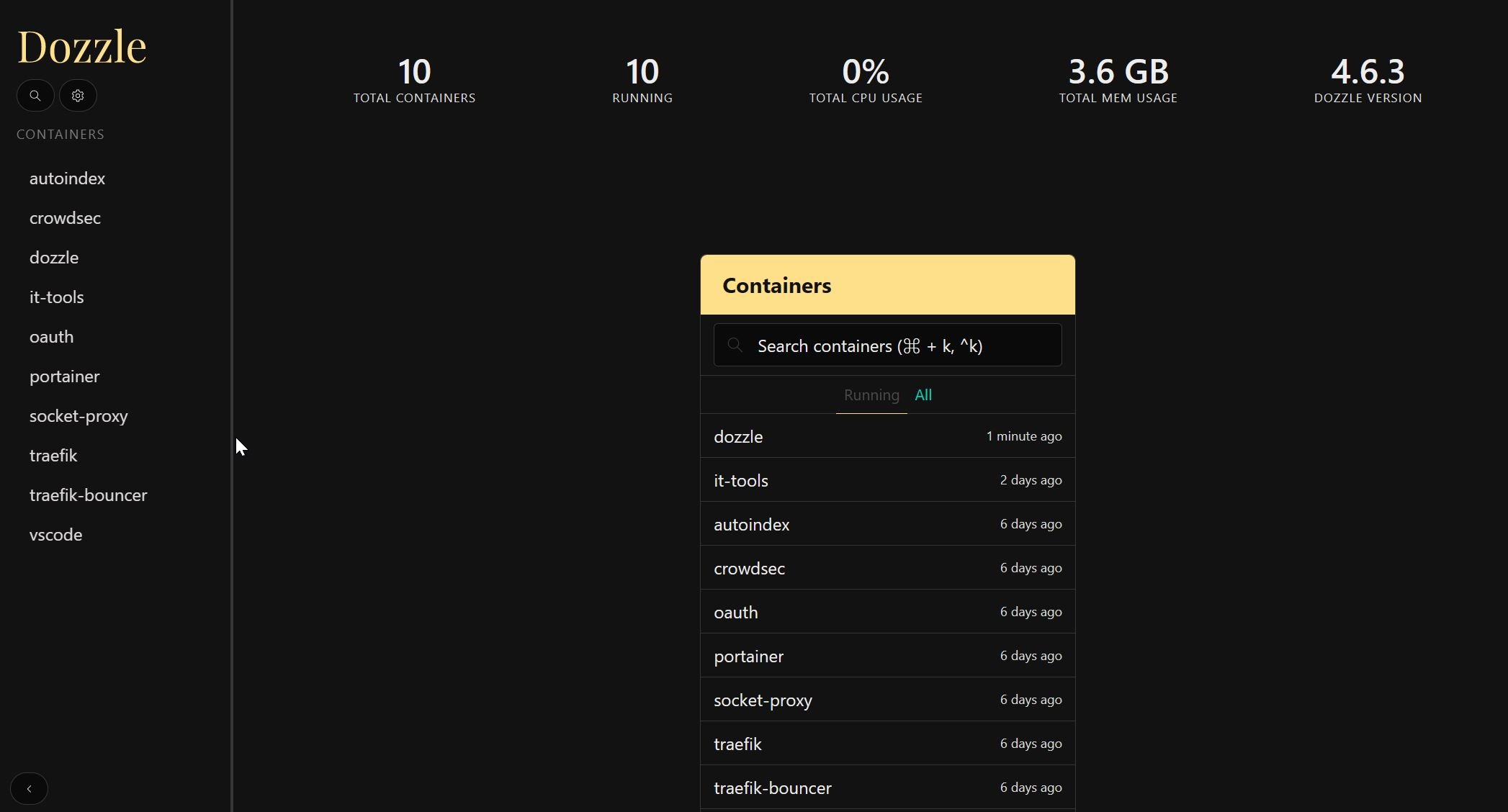
![10 Best Media Server for Plex + one SURPRISING bonus [2022] Media Server for Plex](https://www.smarthomebeginner.com/images/2020/04/plex-free-movies-and-tv.jpg)